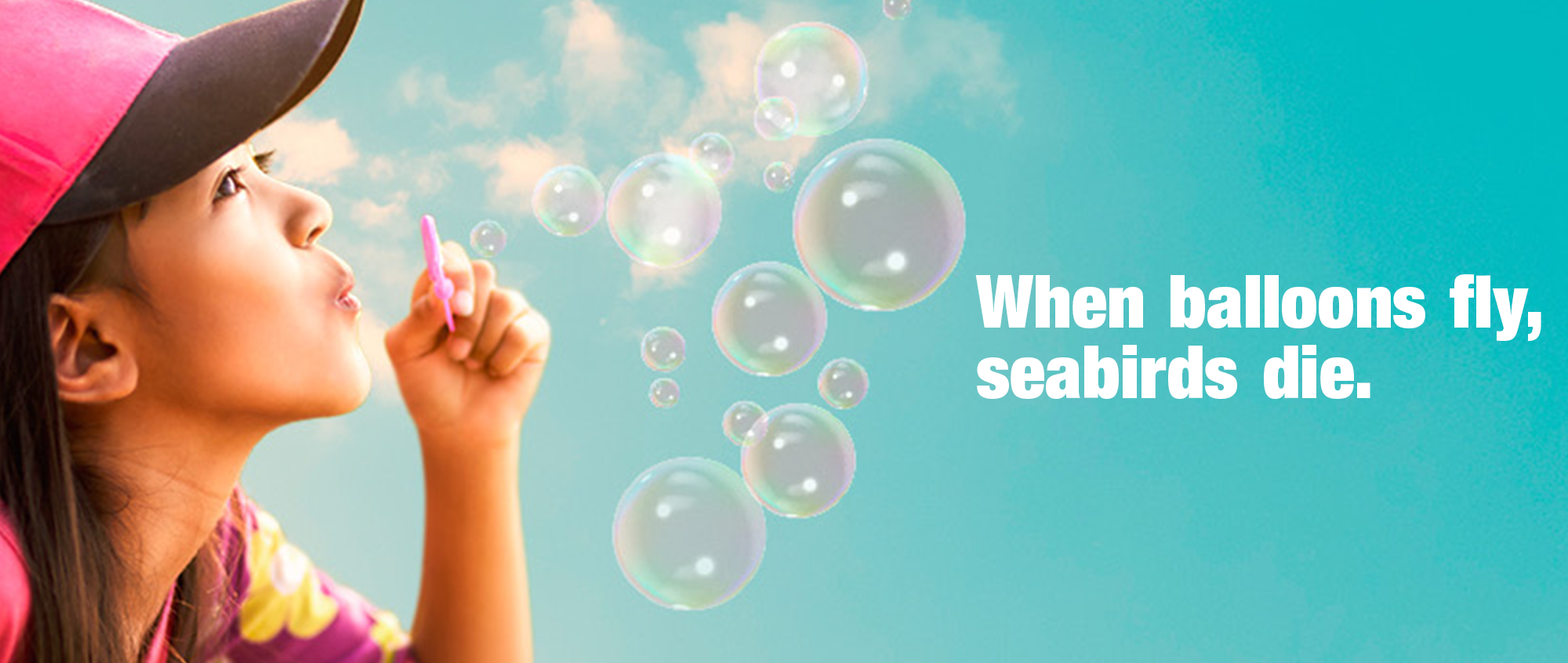Balloons are the #1 deadliest form of litter when ingested by seabirds*.
We love balloons, but when they’re used outdoors they can escape into the environment and end up in oceans or waterways, harming and even killing precious wildlife.
The CSIRO 2019 found that seabirds are up to 32 times more likely to die when they swallow balloons than any form of hard plastic.
Balloons can look like food floating on the water’s surface and animals can ingest them or even feed them to their young. This has led scientists to name balloons as one of the disproportionately deadliest litter items to marine wildlife such as seabirds and turtles (CSIRO 2020). It doesn’t have to be this way!
230,000 people and hundreds of schools and organisations have promised to blow bubbles, not balloons at outdoor events.
You can too!
Is your school, company, council or community ready to go balloon-free?
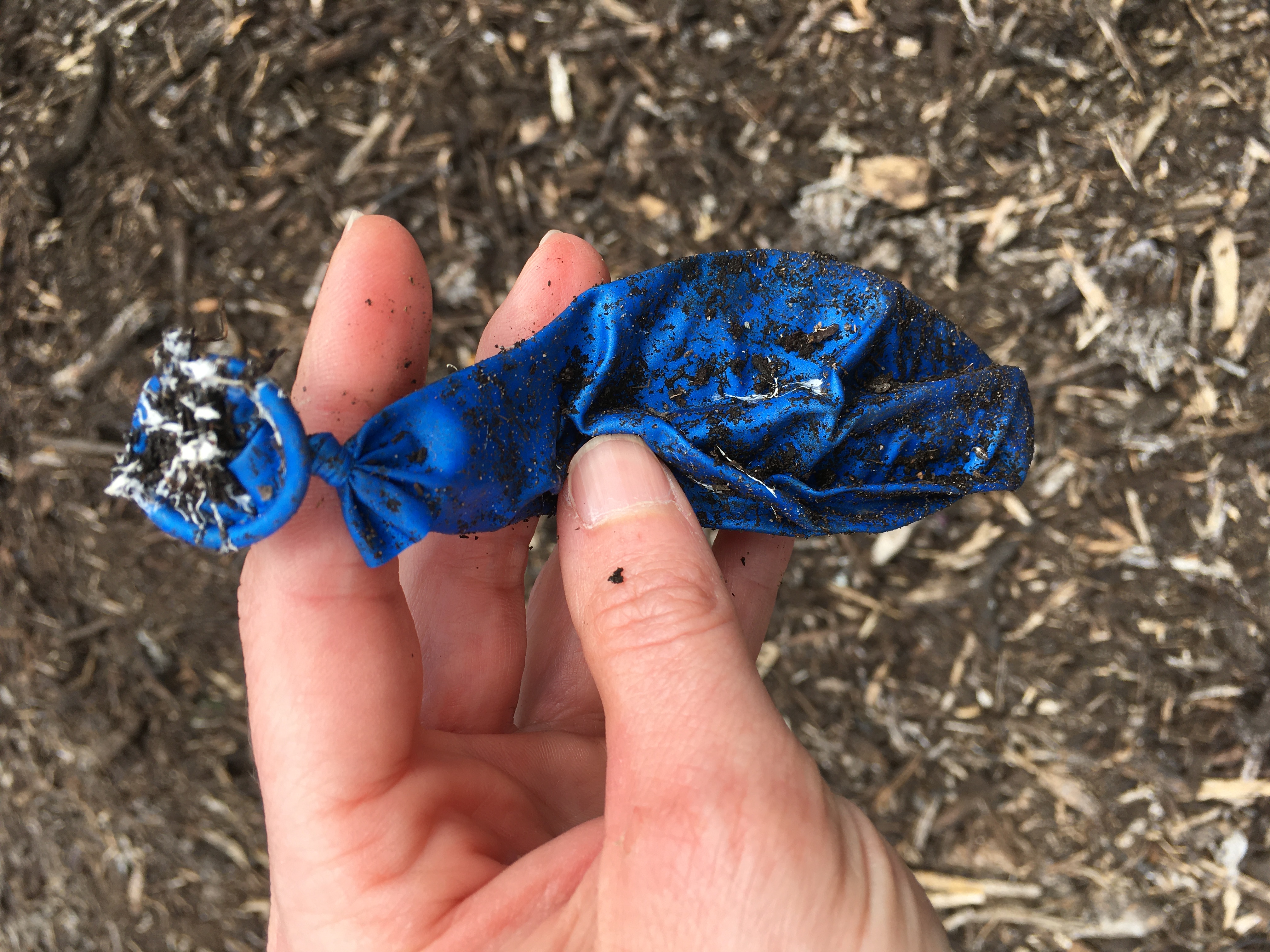
Releasing balloons is littering
Releasing balloons into the environment, whether it’s a single balloon or a whole group of balloons, is littering and therefore illegal in Victoria. You can find out about the penalties associated with releasing balloons on the Environmental Protection Agency’s website www.epa.vic.gov.au/balloons
This includes latex balloons which can be inaccurately and misleadingly labelled as ‘biodegradable’ (Gilmour & Lavers 2021).
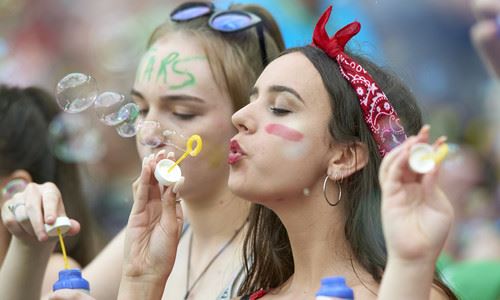
Measuring the impact of this campaign

Meet the seabirds most affected by balloons
Flesh-footed Shearwaters - near threatened
These migratory birds breed in colonies, with one of their main colonies found on Lord Howe Island. Here their numbers are in decline due to mistakenly ingesting rubbish and even feeding it to their chicks.
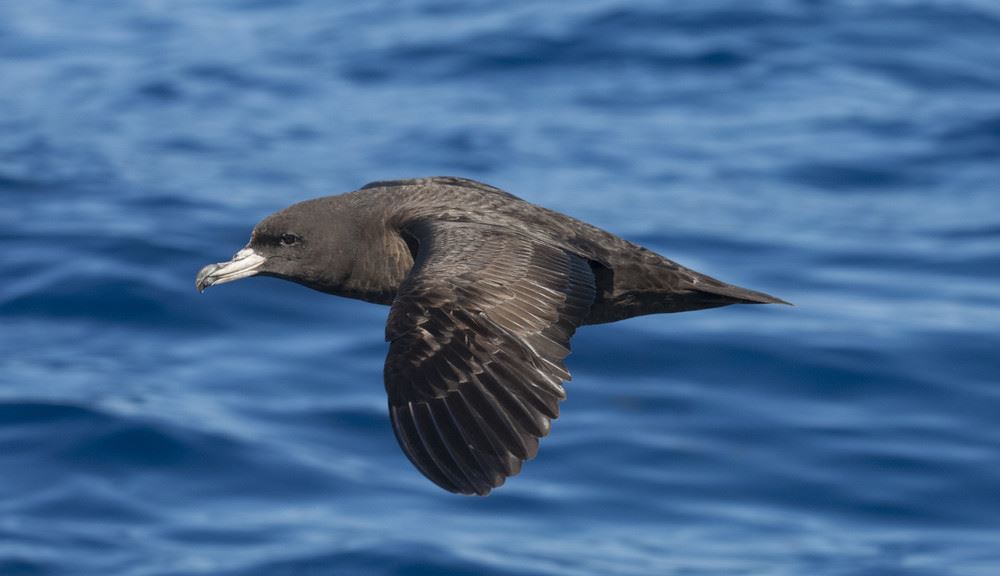
Short-tailed Shearwaters - population decreasing
Short-tailed Shearwaters are one of the few migratory birds that come to Australia to breed on Phillip Island. Both parents feed their chicks when they return from foraging at sea, and the shearwaters remain on the island until April, when the fledglings are strong enough to start the 15,000 km flight back to Alaska. On the long journey, many birds mistake plastics floating on the ocean’s surface as food.
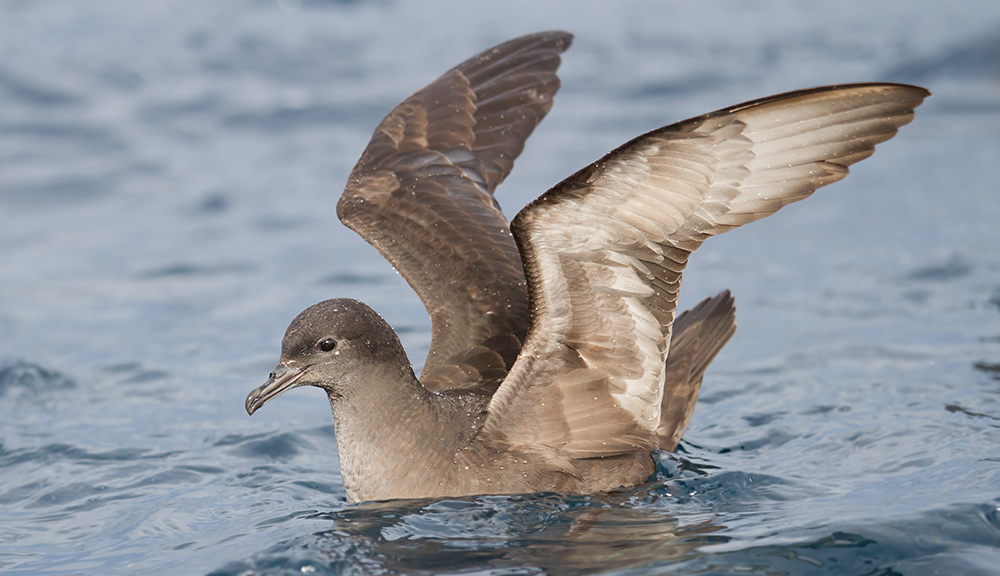
Planning a balloon-free event?
Whether it’s your school fete, sports carnival, market or party, you can make it balloon-free. You can make your next outdoor event seabird-safe by switching balloons with one of these wildlife-friendly alternatives.
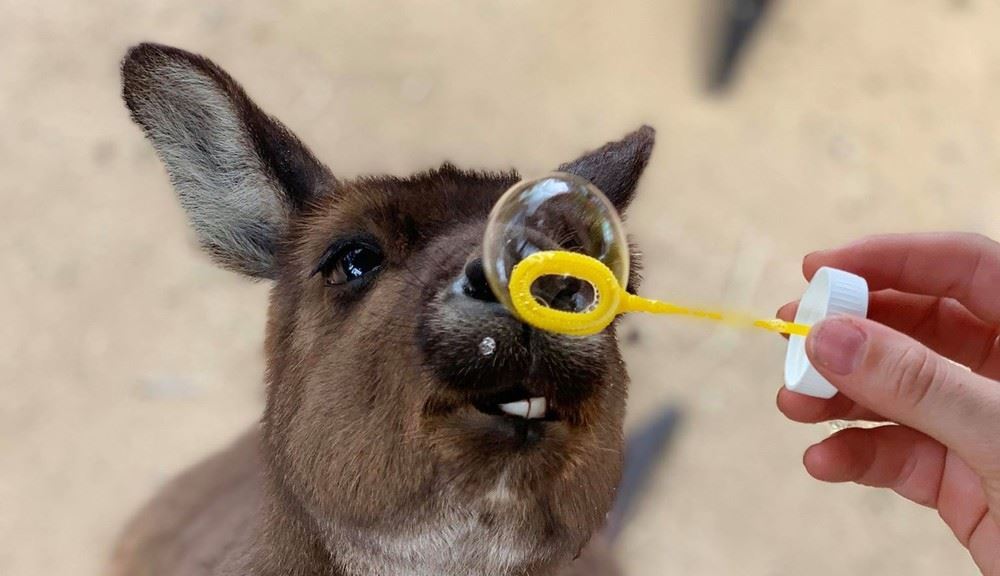
- Bubbles
- Paper balloons
- Bunting
- Flags or banners
- Kites
- Candles
- Floating flowers
- Planting a tree
Make your own bubbles for your next outdoor event with our special bubble recipe!
For more information on the When Balloons Fly, Seabirds Die campaign contact the Conservation Campaigns team.


